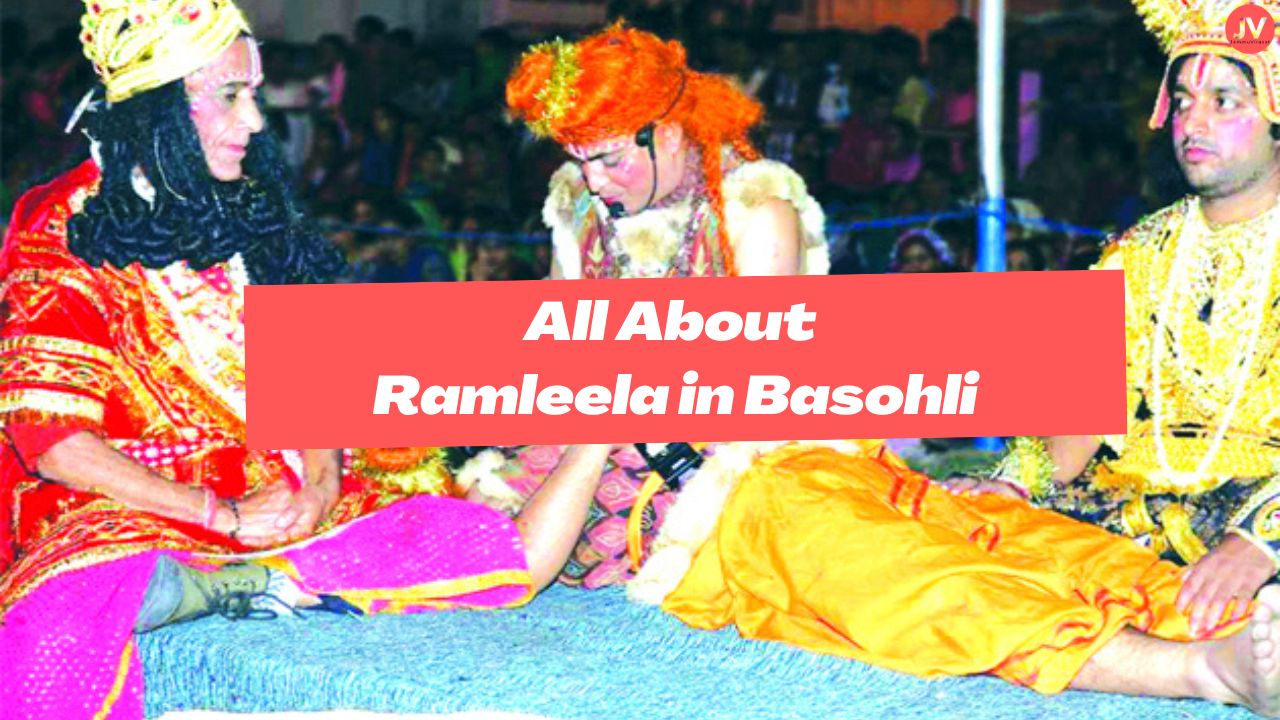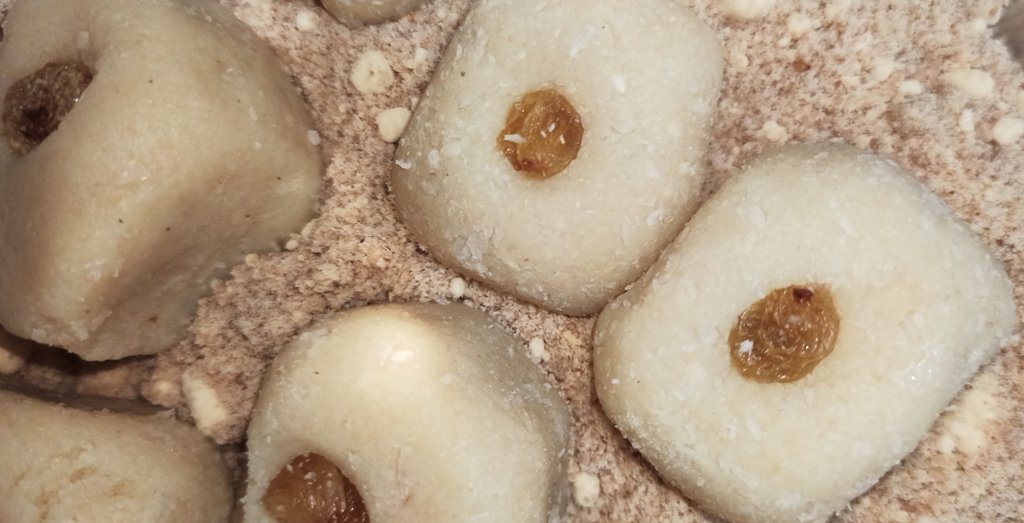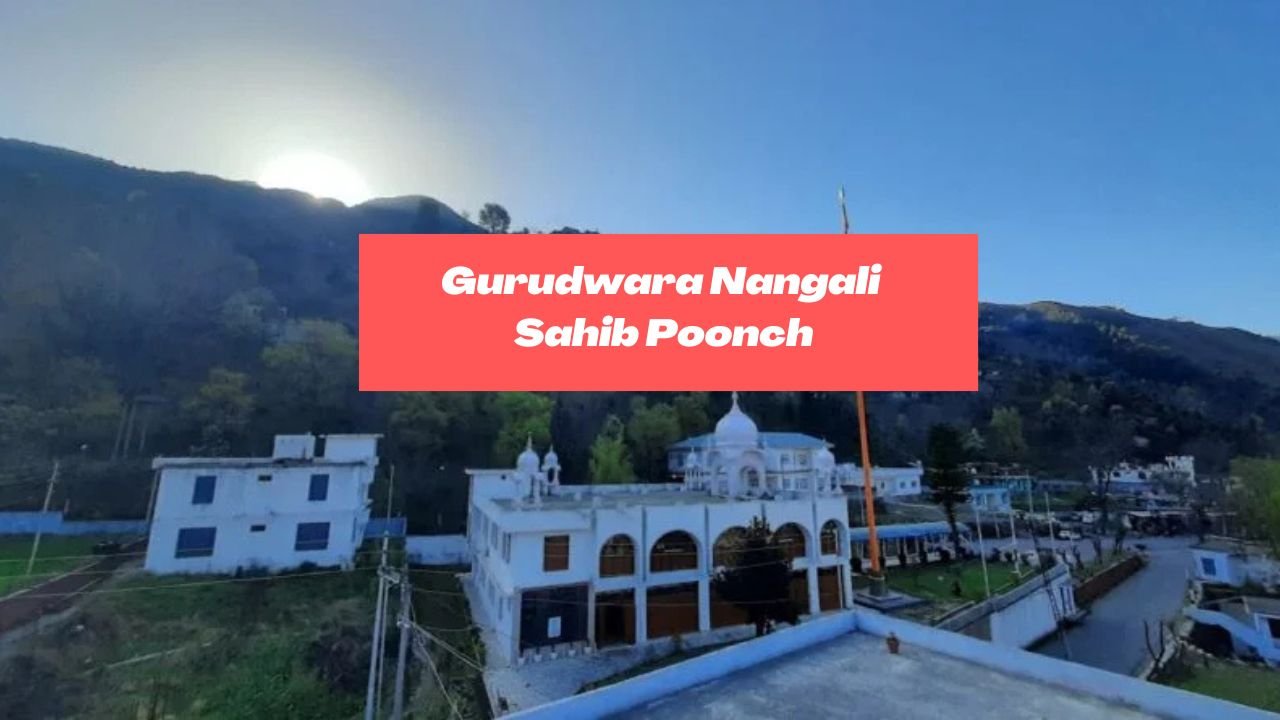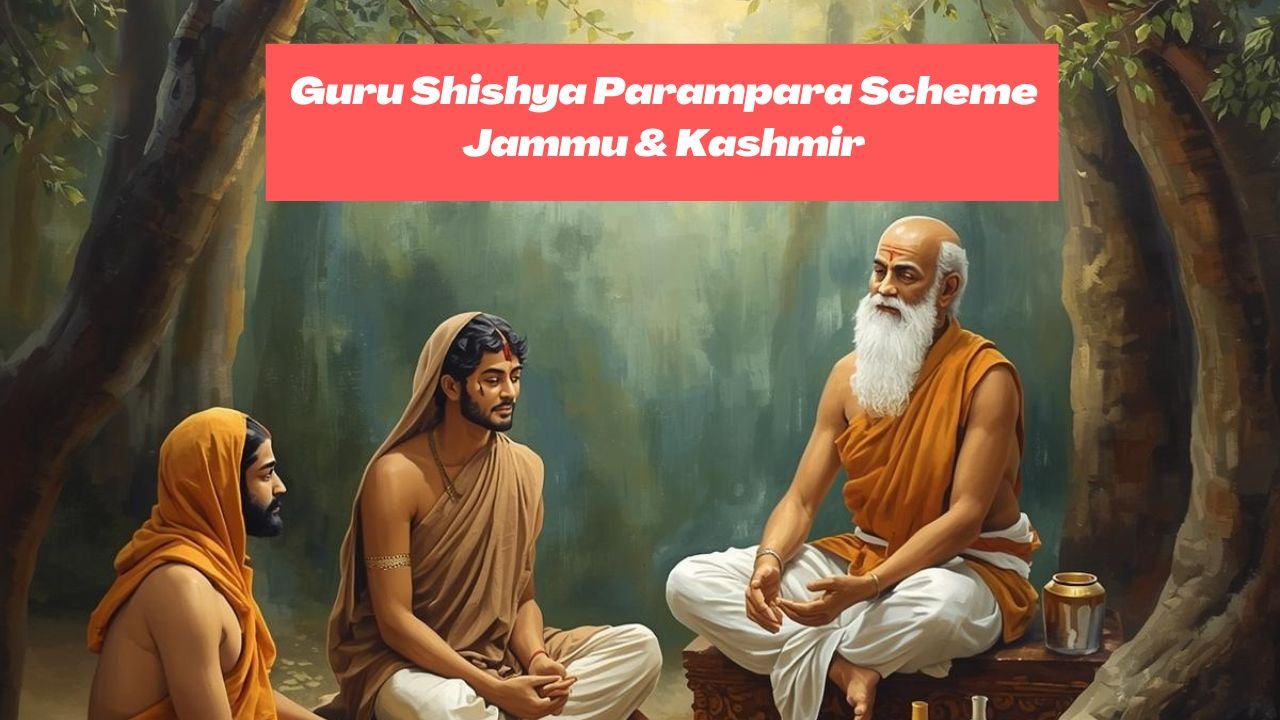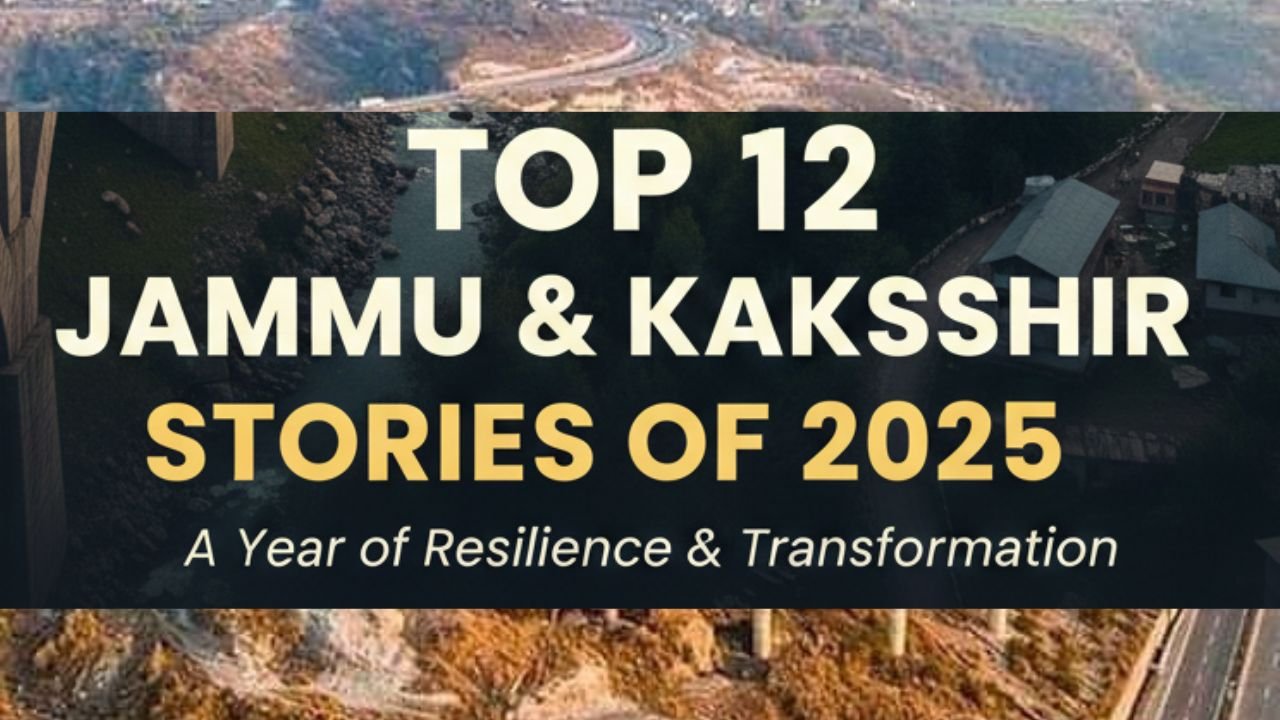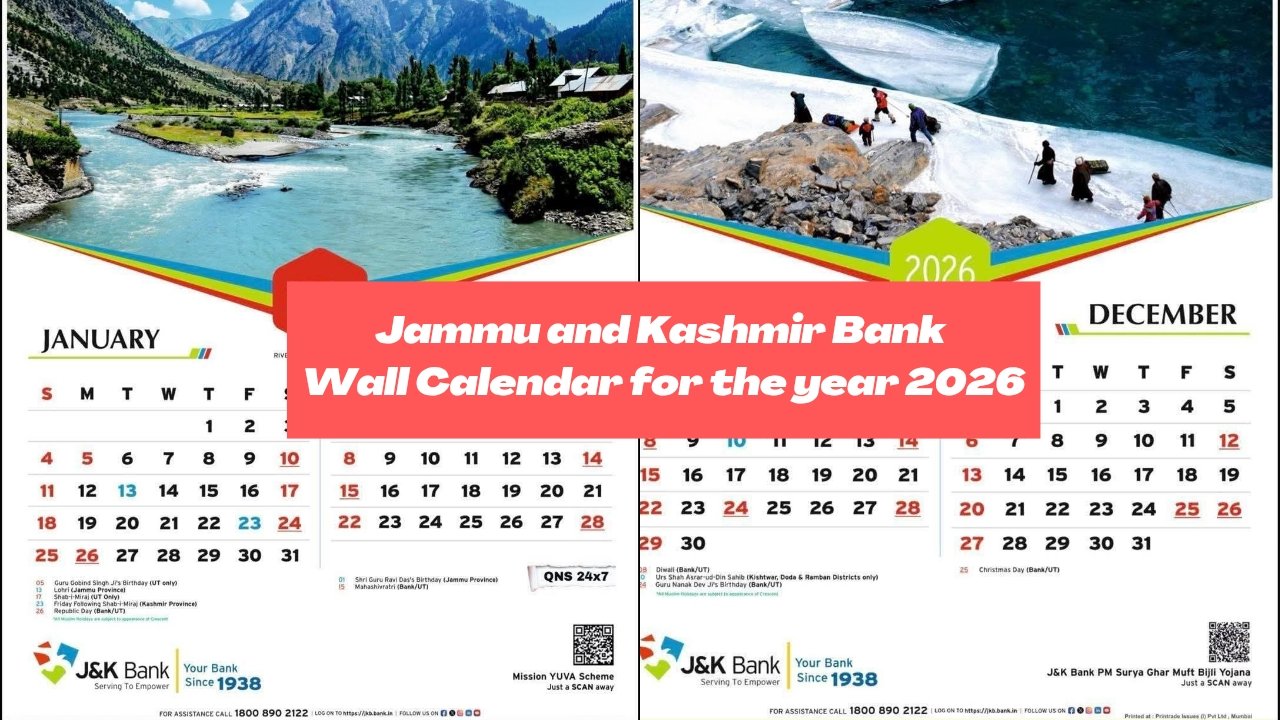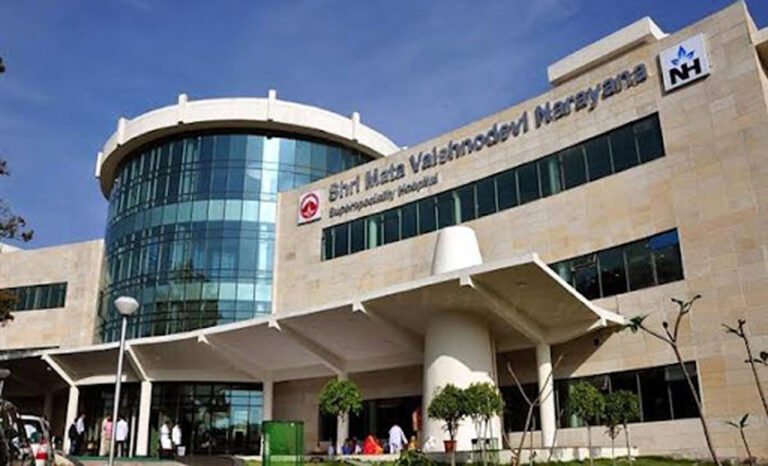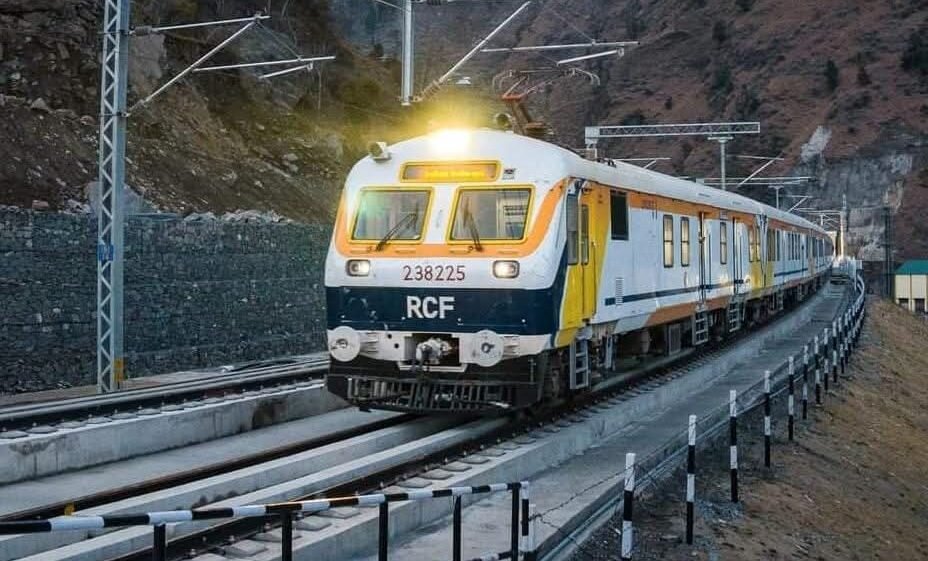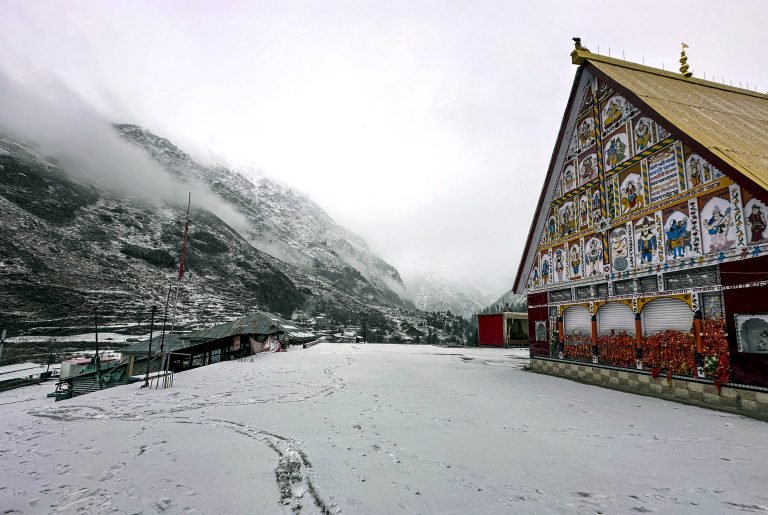The rich cultural legacy of Basohli is deeply rooted in fine arts, music, dance, and the grand tradition of Ramleela in Basohli, passed down through generations. This love for the arts can be traced back to the era of the Pal dynasty, which ruled the Basohli region for 1,500 years. The royal courts of the Pal Rajas were filled with talented individuals from various walks of life, creating a vibrant cultural scene. Their passion for the arts has left a lasting impression on the people of Basohli, who continue to cherish and preserve these traditions today.
Basohli’s Artistic Heritage
Music, dance, and drama have been an integral part of Basohli’s cultural identity for centuries. The locals have nurtured these art forms since long before the urban centers of the region began to develop. One of the most notable cultural events in Basohli is the celebration of Ramleela, a traditional performance that re-enacts episodes from the life of Lord Rama. According to historical records, Basohli’s Ramleela dates back to the early 20th century when artists from neighboring Punjab and Himachal Pradesh would travel to perform in the town.
Initially, Ramleela performances took place in an open, cordoned arena, but as time passed, the performances moved indoors to a theater known as the “Mandua.” Despite the lack of modern amenities such as lighting and sound systems, the performances were renowned for their powerful, high-pitched dialogue delivery that could be heard from a considerable distance.
Read also: Folk Dances Of Jammu and Kashmir, List Of Traditional Dances
Evolution of Ramleela in Basohli
The introduction of new technology and innovation has significantly enhanced the presentation of Basohli Ramleela over the years. What began as a single-stage production has now expanded into a grand performance across five different stages, each depicting key locations from the Ramayana, including Ayodhya, Lanka, Mareech, and Sumeru Parvat. The battles between kings and the divine events are staged on a vast performance ground, with the actors’ movements signaled by the sound of brass bands.
One of the most mesmerizing aspects of the Ramleela celebrations is the lifelike portrayal of pivotal scenes. The birth of Sita, the marriage of Sita and Rama, the defeat of the demon kings, and Hanuman’s journey to the heavens are among the highlights. These stunning reenactments attract thousands of viewers from the nearby states of Punjab and Himachal Pradesh, who come to witness the spectacle firsthand.
Unity and Harmony During Ramleela
The Ramleela celebrations in Basohli are more than just a performance—they are a symbol of religious harmony and community spirit. Much like other major Indian festivals such as Eid and Diwali, families in Basohli, regardless of their religion, eagerly await the start of the Ramleela. Children from all communities get new clothes sewn specifically for the event, and the town comes together in a spirit of unity.
Read also: Legend of Surinsar and Mansar Lakes: A Journey Through Time
The characters portraying Lord Ram, Sita, and Ravana observe ten days of fasting during the festival, emphasizing the sanctity of the performance. The management committee ensures the area surrounding the Ramleela ground remains pristine, and the audience is expected to uphold the highest standards of discipline. No cases of theft, quarrelling, or disorderly conduct are ever reported, a testament to the self-discipline of the spectators.
Preserving Culture for Future Generations
Basohli’s Ramleela is more than a local festival; it is a living testament to the life and values of Lord Ram. The story of Ram as a devoted son, brother, and leader is retold to inspire future generations. Basohli’s Ramleela is unique in its scale, presentation, and attention to detail, making it a cultural event of national significance.
The preparations for Ramleela begin months in advance, starting from the festival of Raksha Bandhan when the traditional Mahavir Pataka is hoisted at the Ramleela ground. The staging of the Ramleela has evolved over the decades, with performances now taking place in a large, open space that can accommodate thousands of spectators. The decorations of the different durbars, including Ram’s durbar, Ravan’s durbar, and Ashok Vatika, add to the splendor of the event.
A Feast for the Senses
Every scene in the Ramleela is brought to life with vibrant costumes, dazzling crowns, and intricate props. The scenes of Ram breaking the seven Taar trees, Hanuman flying with the Sanjeevani herb, and the glowing Lakshman Rekha all captivate the audience. The sheer scale and precision of the performance draw visitors from across India, who flock to Basohli to witness this unique celebration.
Thanks to the discipline of both performers and spectators, the Ramleela is a serene event free from disorder. Smoking, drinking, and the wearing of leather shoes are strictly prohibited within the Ramleela grounds, further adding to the sanctity of the event.
Recognition and Modern Influence
In 1966, Basohli’s Ramleela was officially recognized by the Jammu & Kashmir Cultural Academy for its cultural significance. Over the years, the Ramleela committee has amassed significant assets, including costumes, advanced electronic equipment, and funds donated by the community. With the leadership of Prem Sagar Aziz, a former minister of Jammu & Kashmir, the Ramleela has grown even more prominent, introducing new elements while preserving its rich traditions.
The recent opening of the Atal Setu Bridge over the Ravi River has brought even more visitors to Basohli. In response, the Ramleela committee has expanded its programming to include cultural performances, folk dances, and songs. This influx of visitors from neighboring states has turned Basohli Ramleela into a major cultural event, supported by both local authorities and media coverage.
The Ramleela of Basohli stands as a proud symbol of cultural preservation, religious harmony, and artistic excellence. Its ability to unite people from different communities and keep ancient traditions alive is truly remarkable. From its humble beginnings in a small tin-roofed theater to becoming a grand cultural spectacle, the Basohli Ramleela continues to enchant audiences and remains a treasured part of India’s cultural heritage.

